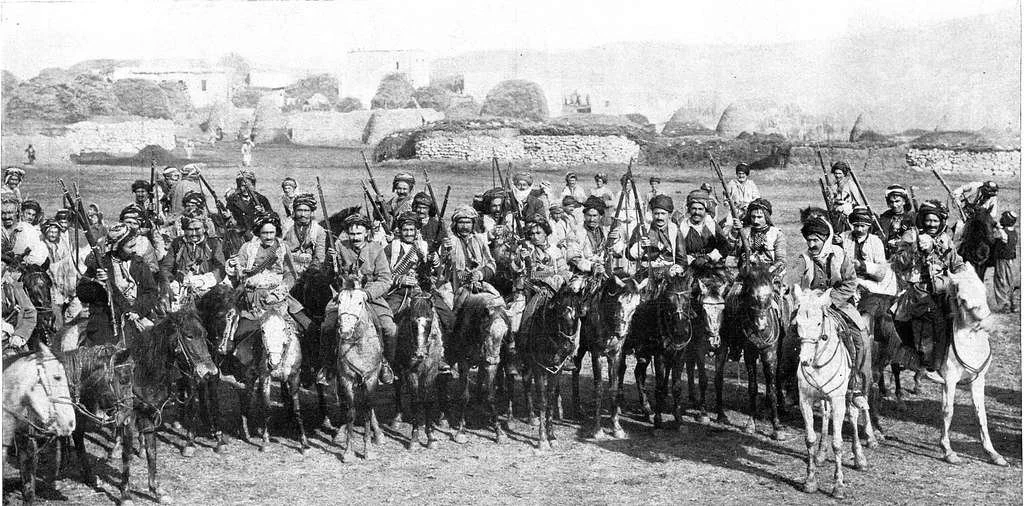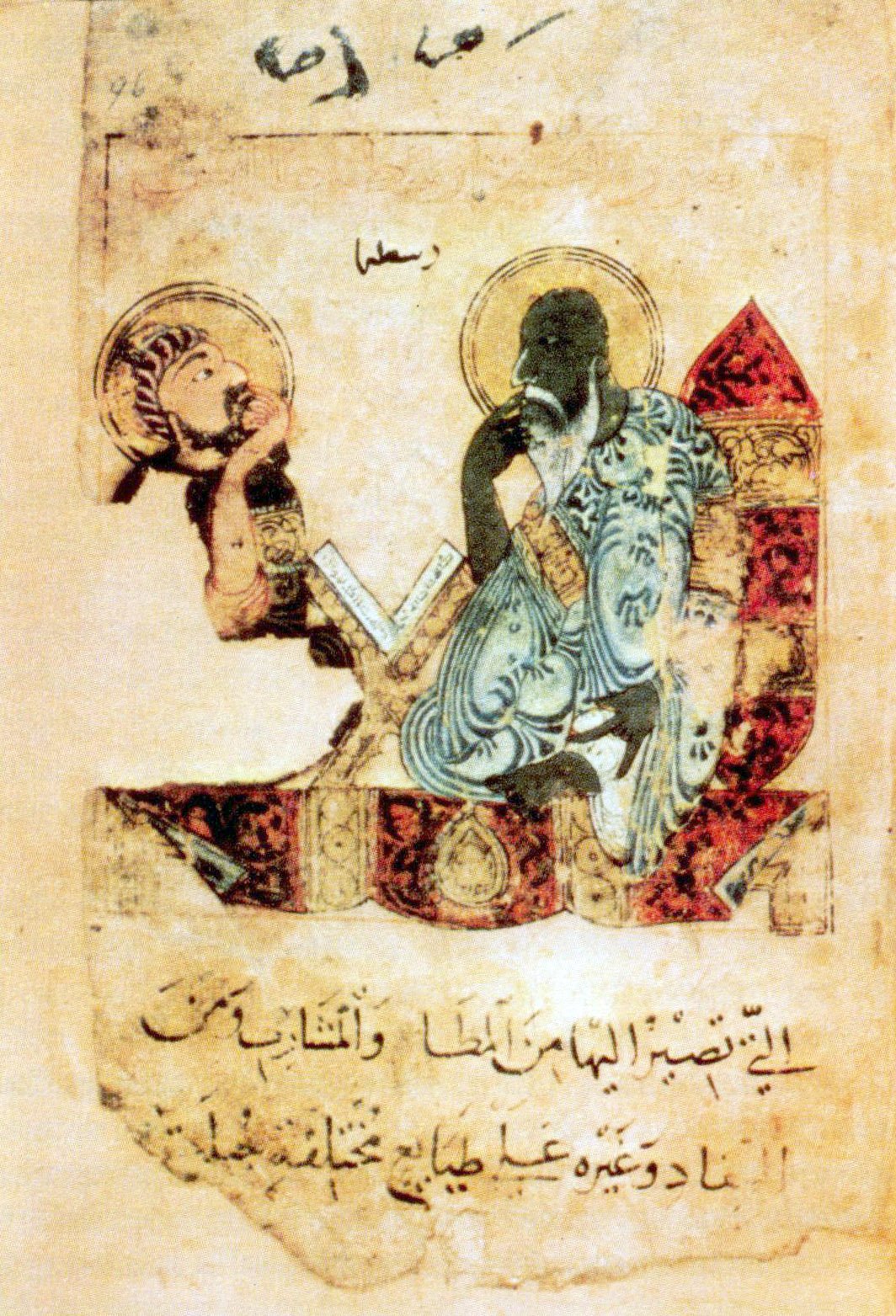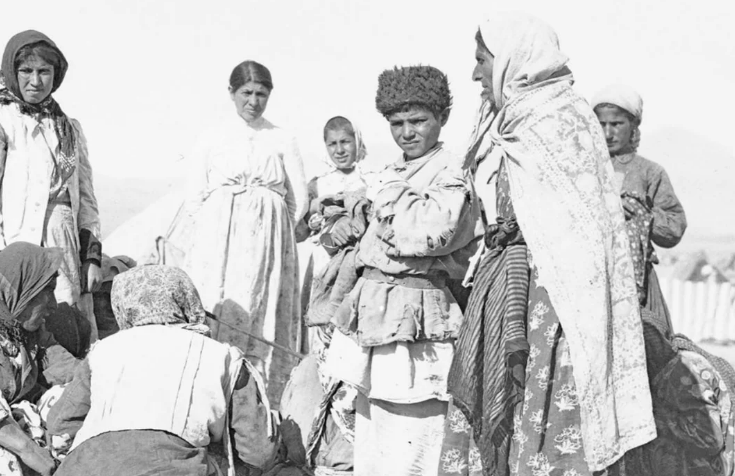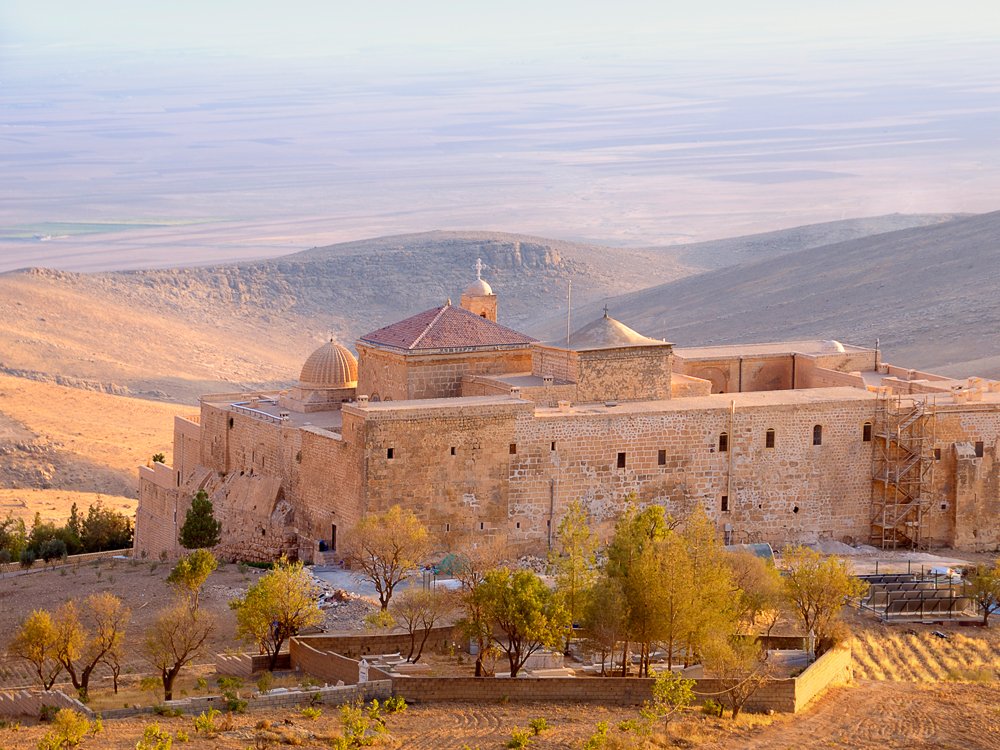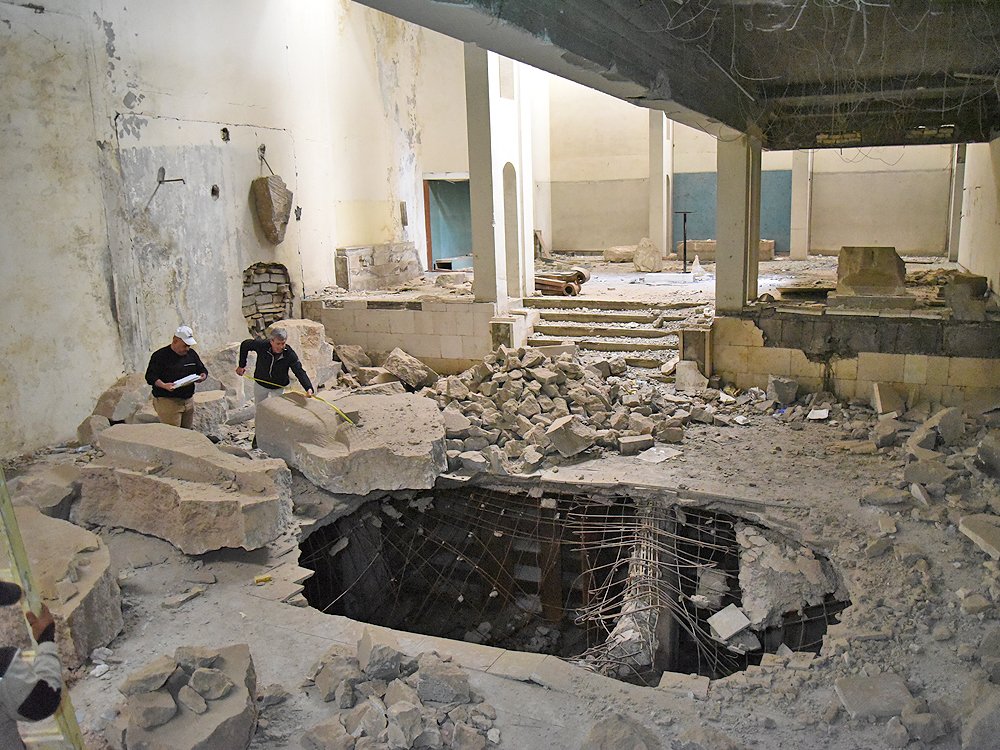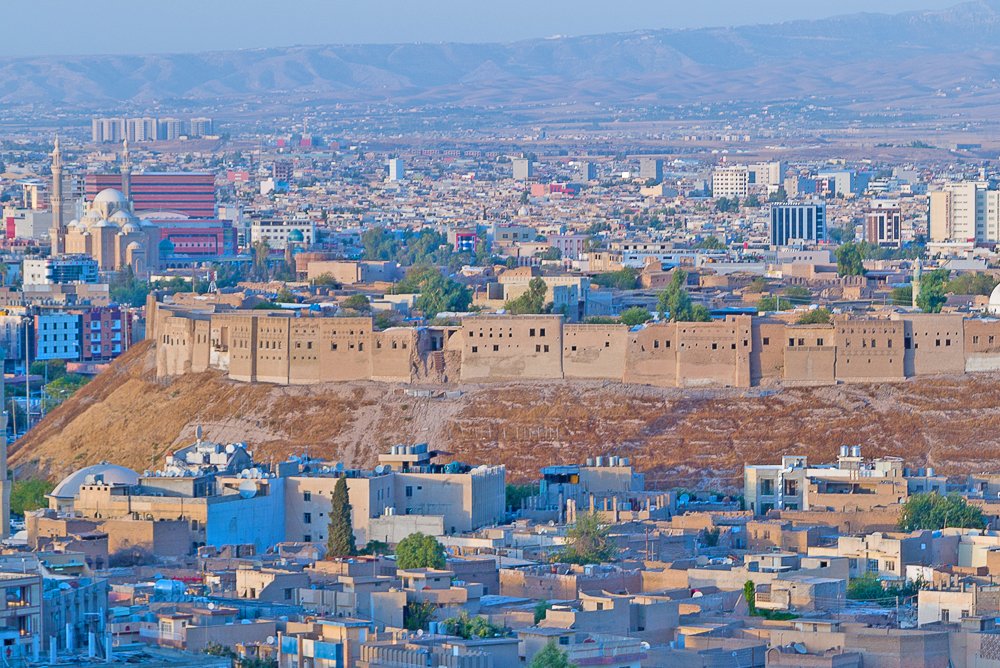
The ACSYA Inc. campaigns for the conservation and protection of Assyrian cultural heritage.
7th August marks a day of remembrance for the Assyrian community. Known as ‘Martyrs Day,’ the Assyrian community commemorates Assyrian Christians who lost their lives during the Ottoman Empire’s persecution, resulting in the Assyrian genocide, and consequently the Semele Massacre. This commemoration was established by the Assyrian Universal Alliance in 1970 and continues to this day. (1) This article delves further into other atrocities that have hampered the Assyrian community throughout history. It must be noted that this article will only briefly outline the atrocities, and the factors associated to them.
Uncovering the web of Power and Divergence during the Neo-Assyrian Empire - The discovery of an inscribed stele at Tell ʿAbṭa, west of modern-day Mosul (anc. Nineveh), provides valuable insights into the actions of the palace herald (nāgir ekalli), and governor of Guzana (mod. Tell Halaf, Syria), Bēl-Ḫarrān-bēlu-uṣur (782-727 BC), during the reigns of Šalmaneser IV and later Tiglath-pileser III. The inscription (RIAO Shalmaneser IV 2) highlights Bēl-Ḫarrān-bēlu-uṣur's role in founding Dūr (Fort)-Bēl-Harrān-bēlu-uṣur, naming it after himself, and emphasizing the construction of both the city and its temple. This historical artefact contributes to our understanding of the dynamics within the Assyrian Empire during this period and the notable actions of regional officials in asserting their influence.
Assyrians played a pivotal, yet often overlooked, role in shaping the cultural and scholarly landscape of the early and medieval Islamic world, especially during the times of the Abbasid Caliphate (8th to 13th centuries), particularly at the House of Wisdom (Bayt al-Ḥikmah) in Baghdad. As the Islamic world flourished with scientific advancements, philosophical inquiry, and artistic expression, Assyrians, with their unique heritage, infused the era with a distinctive vibrancy.
In the tapestry of human history, the threads of pain and resilience are tightly woven, often passed down through generations like an unspoken legacy. My own story, rooted in the harrowing experiences of my paternal great-grandfather, Shimon Sada - a survivor of the Semele massacre in 1933 - serves as a testament to the enduring impact of intergenerational trauma within the Assyrian community.
The discovery of a stele (H1A) at Eski Harran in 1906, situated approximately 6kms north of the ancient city of Harrânu, forming what we now know as The Harran Inscriptions of Nabonidus, yields the earliest possible archaeological evidence to Assyrian continuity post-empire.
Endangered by the march of time, Rāwēḥ has become a test of hope and resilience. This once powerful tradition, that connected history, land and people between generations, is becoming a distant memory today.
The region of Ṭūr ʿAbdīn, along with its Ṭūrā d-Īzlā “mountain of Īzlā” in the northern reaches of Mesopotamia, is situated in modern-day south-east Türkiye. During the Neo-Assyrian Empire, this region pertained to Kashiāri and mount Īzallā, respectively.
The Mosul Cultural Museum, which suffered extensive damage during ISIS's occupation of the city, has announced the launch of its restoration project and unveiled a new exhibition called 'From Destruction to Rehabilitation'.
In the vast tapestry of human history, the Assyrians have long stood as a remarkable civilization. With a rich cultural heritage spanning thousands of years, these ancient people have left an indelible mark on the world.
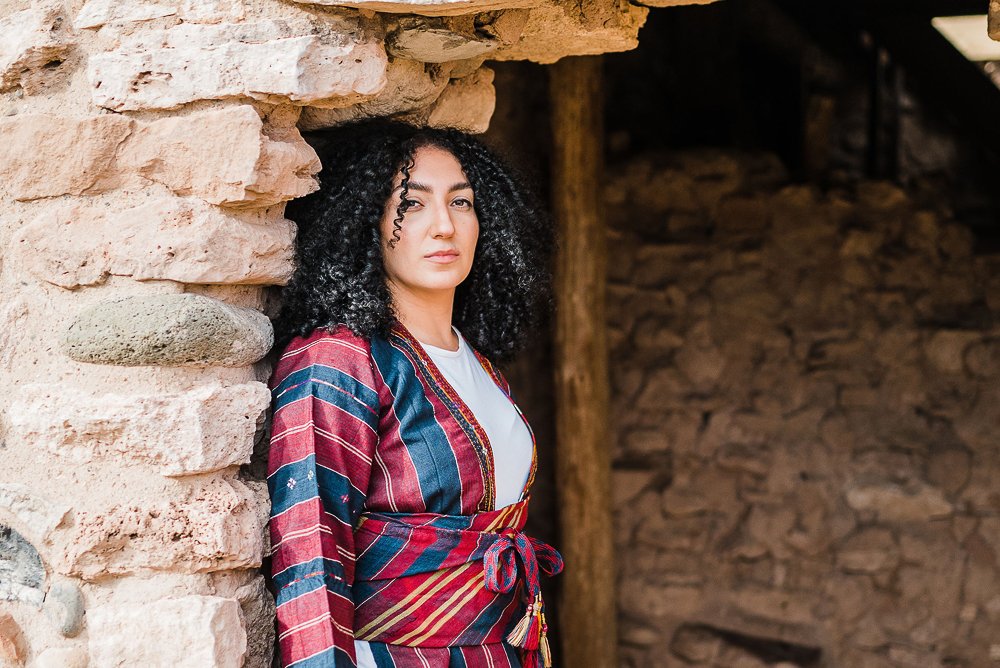
Help Us Safeguard Assyrian Cultural Heritage For Future Generations. Donate Today To Support Our Preservation Efforts.
At ACSYA, we rely on the generosity of donors like you to sustain our vital mission. Your contributions empower us to maximize our impact in preserving, conserving, and advocating for Assyrian cultural heritage. As a non-profit organization, every donation directly fuels our projects and initiatives, ensuring the safeguarding of Assyrian treasures for generations to come.
Your support makes a tangible difference in the preservation of our rich cultural hertiage. Join us in safeguarding Assyrian heritage by donating today!


